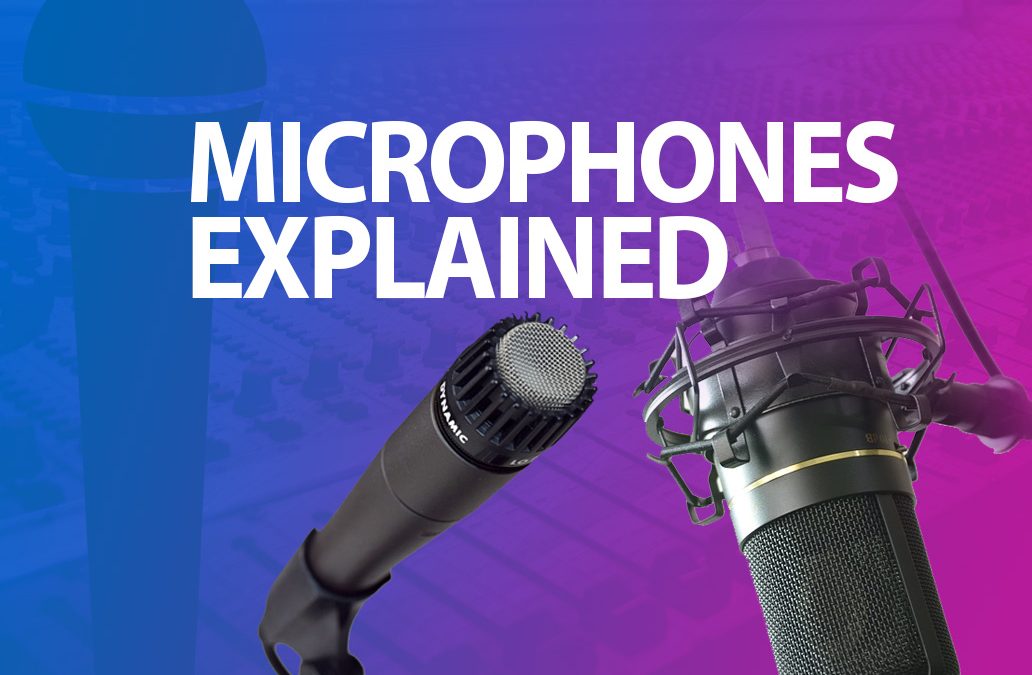There are hundreds of microphones on the market today and if you’re starting your podcast or upgrading your current setup, you’ve probably recognized that there are tons of brands, shapes, and sizes. Out of these options, there are two main categories. These are “dynamic” microphones and “condenser” microphones. To boil this down, we’ll cover what each microphone type means and why, depending on the application, each can be great for your podcast.
Dynamic Microphones
One major difference that separates a dynamic microphones from condensers is that dynamic mics do not require power. This means that the hardware that you are plugging them into, be it a mixer or audio interface, doesn’t need to have a feature called “phantom power”. While condenser microphones require a power source in order to work, dynamic microphones do not, and while they are the microphone of choice in almost every live setting, they can also be a great studio microphone for podcasting. One of the most popular dynamic microphones is the Sure SM58. You’ve likely seen this mic during a stage performance on television, or used by the lead singer during a concert at your local bar. Because podcasting is mainly spoken voice recording, the accuracy found in condenser microphones (often preferred for studio music recording) is generally not necessary. In fact, the Electrovoice RE 20 (a dynamic mic) is the industry standard microphone for radio stations. While dynamic microphones can be less sensitive and so more forgiving to your voice, they can have trouble picking up certain sounds that a condenser mic can capture with ease.
Condenser Microphones
Condenser mics use voltage, or power, to capture sound. Because of this they are much more sensitive and generally capture a wider range of frequencies and bring out sounds in the human voice that dynamic microphones do not. This can be desirable if you are trying to pickup subtle nuances that you can not get with a dynamic mic. The cost, though, is that they are very sensitive and are usually only ideal in a permanent setting (IE: a studio) where you are not traveling. Sometimes, condenser microphones can also pickup undesirable sounds, such as a dry mouth, breath, or lip smacking noises. However, if you are having musical guests on your podcasts, condenser microphones may be a great option for picking up a rich frequency range with instruments, like an acoustic guitar.
As with most decisions on audio equipment there are never firm rules. If you are wondering what to buy, start with a inexpensive dynamic microphone like the Sure SM58 or the Rode PodMic. However, if you are interested in exploring condenser microphones, don’t let the rules discourage you from exploration, and keep in mind, one of the most effective ways to get great sound is not necessarily from the microphone, but audio processing you put it through. Effects like compression and equalization can often make a bigger difference on voice quality than having the “right” microphone.

